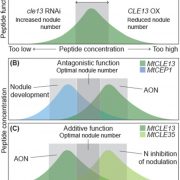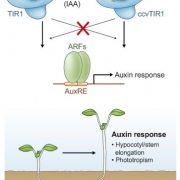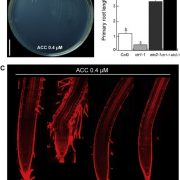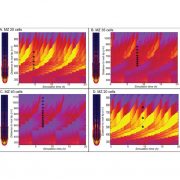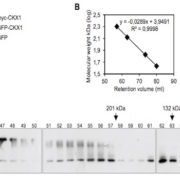BRI1 and BAK1 interact with G proteins and regulate sugar-responsive growth and development (Nature Comms.)
Sensing sugar is important, especially if you are a plant, as it helps you to decide whether to invest it in new tissues, or rather store it for later. Low levels of glucose promote seedling growth, while high concentrations repress the development. Peng et al. discovered that brassinosteroid signaling is playing a crucial role in sugar sensing. The interaction between a brassinosteroid receptor BRI1 and BAK1 increased at lower levels glucose. Interestingly, this led to an increased interaction between BRI1 and BAK1 with G-proteins, leading to G-protein activation through phosphorylation. The interaction between the studied proteins and activation of kinase activity was reduced at high glucose levels. As the studies were conducted in vitro, it seems that glucose molecules themselves are involved in the regulation of protein interaction and activation. The exact mechanism of glucose interaction with those proteins remains to be established. (Summary by Magdalena Julkowska) Naure Comms. 10.1038/s41467-018-03884-8



